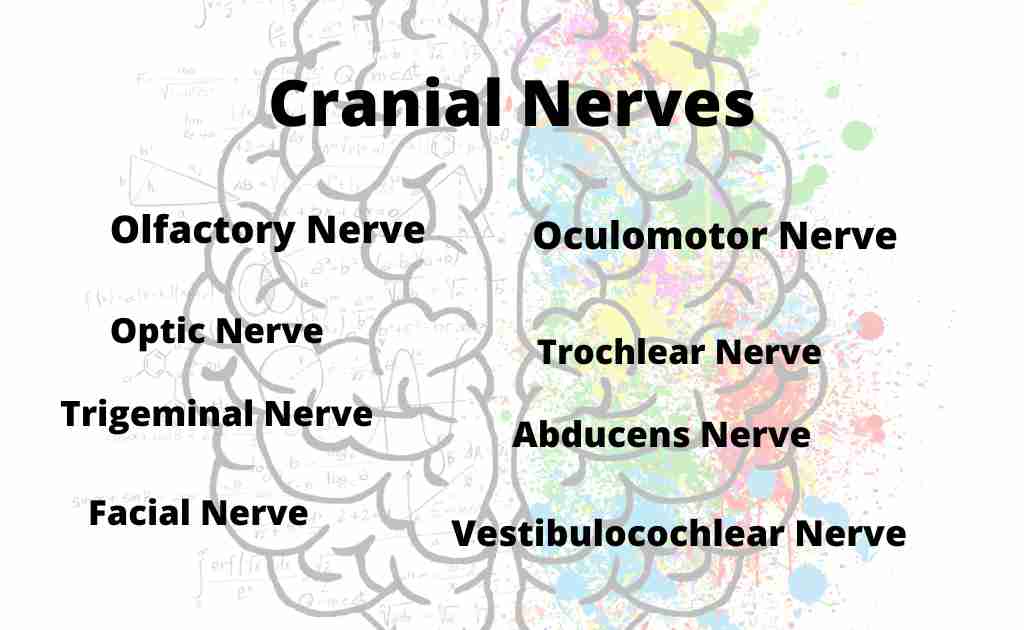What are Hormones? Biochemistry, Classification, Types and Examples
A hormone is a specialized chemical messenger released by the endocrine gland, transported by blood, and affects the target cells. Hormones are chemical messengers that are produced by various glands. They help in controlling different processes in the body like metabolism, tissue growth, cell division, regulation of moods, and sexual function.
They are essential for the functioning of the body. Hormones are transported in the blood to their target cells where they act as stimuli by binding to their specific receptors.
The study of endocrine glands and their hormones is called endocrinology. Hormones circulate through body fluids and affect the metabolic activity of the target cell or tissues.
Classification of Hormones
Hormones are classified into two categories.
1- Water soluble Hormones
2- Fat-soluble hormones
Water soluble Hormones:
Water-based hormones tend to be more easily metabolized by the body than fat-based hormones. This is because water-based hormones are more easily absorbed into the bloodstream, whereas fat-based hormones tend to be repelled by the fatty structures that surround cells.
Because of this, water-based hormones generally bind to receptor sites on the outside of the cell and signal from there.
Examples:
Glycoproteins and Peptide
Fat-soluble Hormones:
Fat-soluble hormones, such as the sex hormone steroids estrogens and androgens, are more likely to attach to lipid or fatty structures surrounding cells than in watery areas.
Steroids usually travel to their target cells while attached to a special carrier protein that likes water (such as sex steroid hormone binding globulin and serum albumin). The hormones detach before entering the cell where they bind to receptors.
Examples:
- Testosterone
- Estrogen
- Cortisol
Biochemistry of Hormones
Most hormones are proteins (polypeptides). Some are derivatives of amino acids (amines). Some are steroids. A few are fatty acid derivatives.
Peptides:
Neurosecretory cells in invertebrates produce neuropeptides. They are polypeptides.
Protein:
The vertebrate pancreas secretes proteinaceous hormone.
Amino acid:
The thyroid gland secretes Amines.
Steroids:
The ovaries, testes, and cortex of the adrenal Glands secrete Steroids. Hormones are effective in very small amounts. Only a few molecules of a hormone produce a response in a target cell.

Hormonal Control of Biochemical Reaction
Hormones control biochemical reactions in target cells in three ways:
- A hormone can increase the rate of entry or leave of a substance or It can stimulate a target cell to synthesize enzymes of the cell.
- It can stimulate a target cell or synthesize enzymes, proteins, or other substances
- It can stimulate the target cell to activate or suppress existing cellular enzymes.
Examples of Hormones
| Gland | Hormone | Major function |
| Adrenal Medulla | Adrenaline (Epinephrine) | increases heart rate and heart contractility |
| Posterior Pituitary | Anti diuretic hormone | Stimulates water retention |
| Hypothalamus | Releasing hormones | Stimulates the pituitary gland to release hormones |
| Anterior Pituitaru | Growth Hormone (GH) | Stimulates growth in all organs |






Leave a Reply